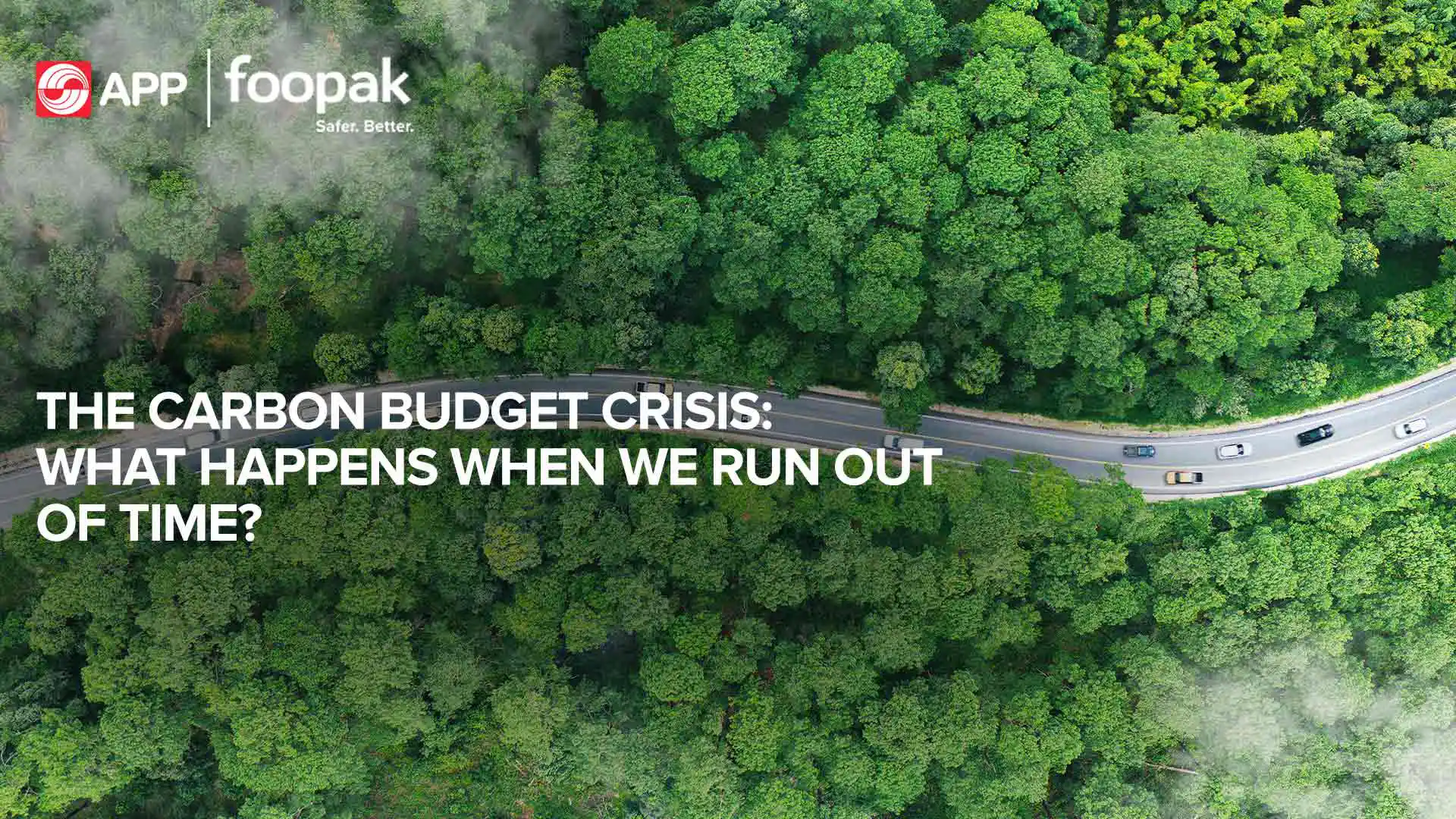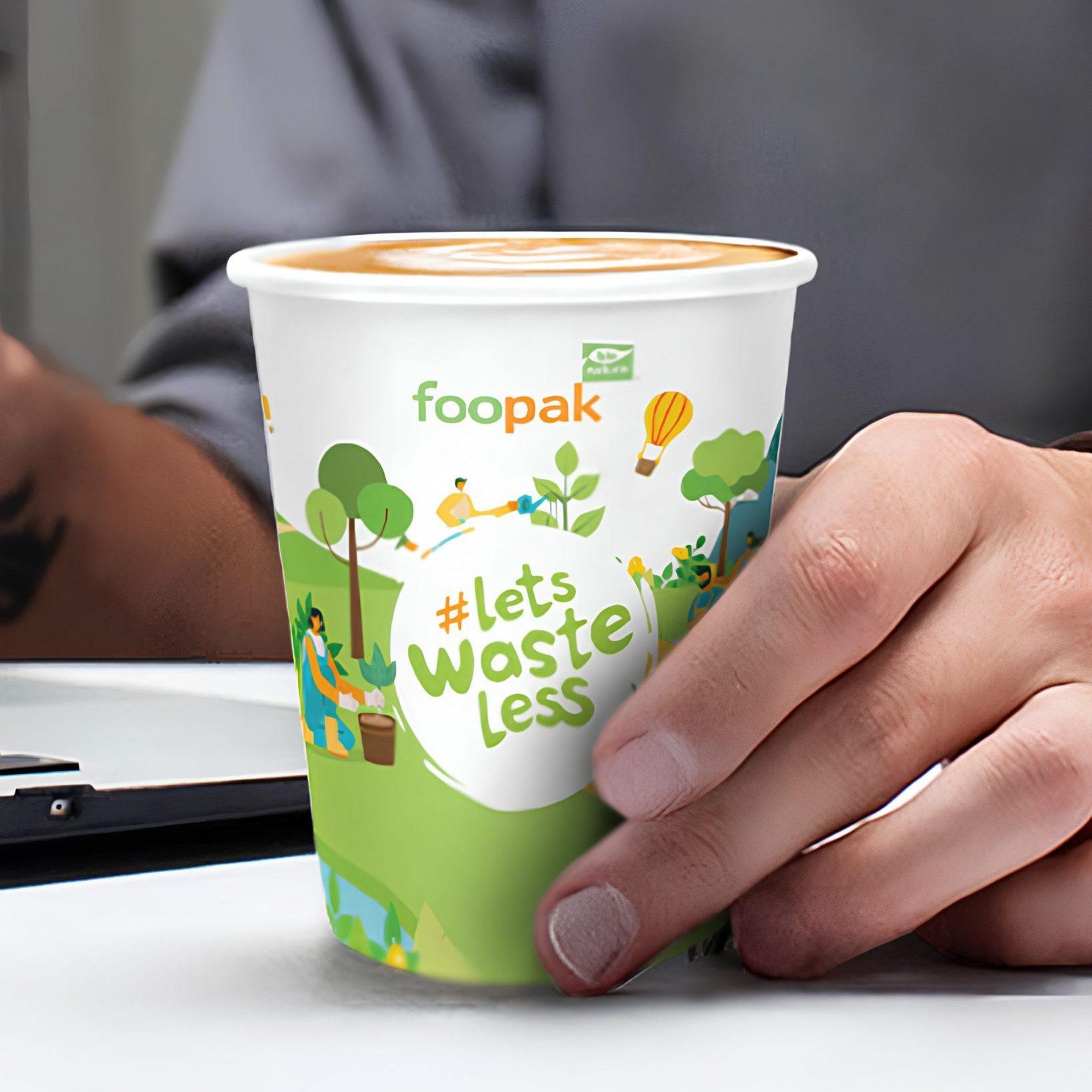Scientists have warned that the world has only a few years left to drastically cut carbon emissions if we want to avoid the worst impacts of climate change. A new global report shows that by 2027, we will likely burn through the remaining carbon budget.
This would lead to more extreme weather, rising sea levels, and damage to ecosystems, while increasing risks to food, health, and economies around the world. Every year we delay cutting emissions, the window to avoid the worst impacts gets smaller.
Read More: Are Renewable Materials the Key to Reducing Environmental Impact?
What is Meant by Carbon Budget?
The carbon budget is the maximum amount of carbon dioxide (CO₂) that humans can emit into the atmosphere while still having a chance of limiting global warming to a specific target, usually 1.5°C or 2°C above pre-industrial levels.
How Much Carbon Budget is Left?
According to recent scientific assessments reported by The Guardian and other climate research sources, the world has just over three years of carbon budget left if we want a 50% chance of limiting global warming to 1.5°C.
As of June 2025:
- Remaining carbon budget (50% chance, 1.5°C): around 130 billion tonnes (GtCO₂)
- At current global emissions of around 40–42 GtCO₂ per year, the carbon budget could be exhausted in about 3 years without significant reductions.
Why the Budget is Shrinking Faster than Expected
The carbon budget is shrinking faster than previously projected due to three main factors.
1. Emissions Keep Rising
Global carbon emissions hit record highs in 2024, driven by rising fossil fuel use, deforestation, and industrial activity. These increases are depleting the carbon budget faster than expected, leaving less time to limit warming to 1.5°C.
2. Each tonne of Carbon Dioxide is Heating the Planet More
Natural systems like ice sheets and forests are becoming less effective at absorbing carbon dioxide, and feedback loops (like melting permafrost) are making the Earth more sensitive to emissions.
Read More: The Smart Choice: Make a Sustainable Impact with PEFC-Certified Paper Packaging
3. Updated Scientific Models & Smaller Budgets
Updated climate models now include more accurate data on feedbacks, warming rates, and Earth system responses, meaning we had less “space” to emit carbon dioxide than earlier estimates suggested.
For example, models from the CMIP6 project (used in the latest IPCC reports) now better represent things like cloud behavior, ocean heat, and how carbon moves through the Earth’s systems. More advanced Earth System Models like UKESM1 and CESM2 also account for powerful feedbacks, like melting permafrost and dying forests, which release more greenhouse gases.
What Happens if We Overshoot the Budget?
If we overshoot the carbon budget, global temperatures will rise beyond safe levels, even if only for a while. This increases the risk of extreme heat, stronger storms, and more frequent droughts and floods. It also raises the chance of hitting dangerous tipping points, like melting ice sheets or major forest dieback, which could speed up warming even more.
To bring temperatures back down, we’d need to remove large amounts of carbon dioxide from the atmosphere using carbon capture tech or massive reforestation. On a smaller scale, switching to more sustainable choices like paper utensils can help reduce plastic waste and fossil fuel use, especially when they’re made from responsibly sourced, compostable materials.
Simple Changes F&B Businesses Can Make to Cut Emissions
1.Use Energy-Efficient Appliances
Upgrade to energy-efficient ovens, refrigerators, and LED lighting to lower electricity use and reduce carbon emissions from day-to-day operations.
2. Optimize Delivery Routes
Reduce fuel consumption by combining trips, using electric vehicles if possible, or partnering with eco-friendly delivery services.
3. Minimize Food Waste
Improve portion planning, compost leftovers, and donate surplus food when possible.
4. Balance Menu Options with Lower-Emission Alternatives
e.g. Add plant-based dishes alongside popular meat items to give climate-conscious customers a choice.
5. Choose Sustainable Packaging
Ditch plastic and switch to certified compostable paperboard or recyclable options, like Foopak, that offer the same functionality with far less environmental impact.
Switching to Foopak paperboard is one practical step toward reducing your carbon footprint. Unlike plastic, Foopak’s sustainable, recyclable materials support a lower-emission lifestyle without compromising functionality. Every packaging choice adds up, and Foopak makes it easier to choose better for the planet. Learn more on www.foopak.com/.

